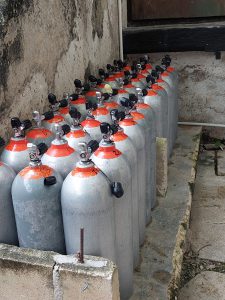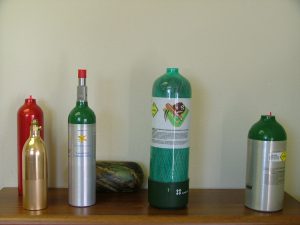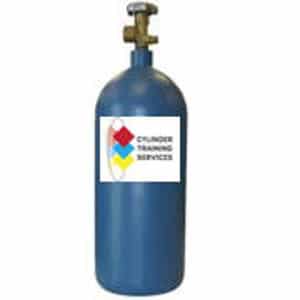
The Do’s and Dont’s of a Scuba Tank Refill
Learn the do’s and don’ts of a scuba tank refill to keep your tank in optimal condition and stay safe on your next dive. Read our expert guide now.

Learn the do’s and don’ts of a scuba tank refill to keep your tank in optimal condition and stay safe on your next dive. Read our expert guide now.

Learn about the markings and labeling on medical oxygen cylinders. Discover their pressure limits, safety features, and regulator usage instructions for informed oxygen use.

Introduction
Oxygen cylinders are important in many different types of industries, from aviation and healthcare to industrial gases, but they can be dangerous. It’s important to know how they should be used safely. What do you need to know about oxygen cylinder use and how to stay safe? What are the inner workings of an oxygen cylinder? Another important aspect of oxygen cylinders is knowing what to do with them when they’re empty. They’re not disposable, obviously, so what do you do to return, refill or dispose of them?

Proper insertion of cylinder valves help prevents leaking. A clean surface, proper lubrication and proper torque ensure a tight seal between the cylinder and the valve.

Cylinder safety is not a guarantee. Many times the cause of the incident can not be determined. 5 cylinder incidents over a one month period of time shows that the cause is not easily determined. Basic safety handling is important to help ensure your personal safety.

An injury of a guest by a carbon dioxide cylinder results in a lawsuit. The lawsuit lists 5 different claims involving everyone from the facility, to the handler to the business that rented the cylinder.
